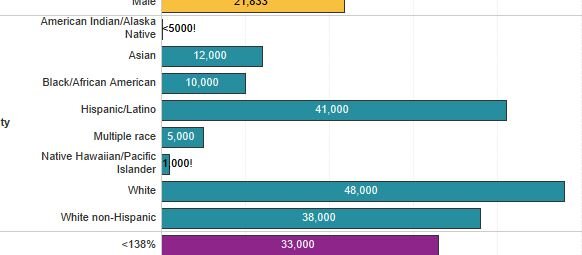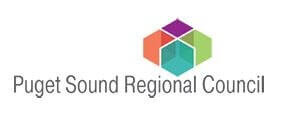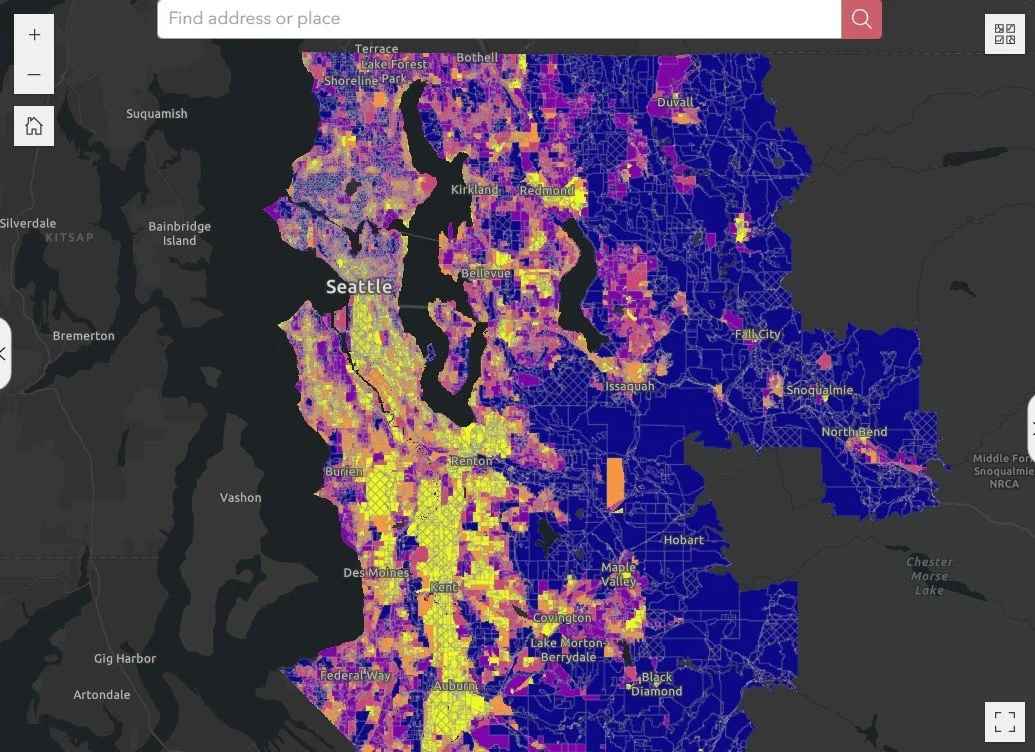King County Data Toolbox
Finding More Data…
Communities Count provides data on a select set of key indicators of our community’s well being. If you are looking for data that’s not displayed on Communities Count, below are some places to start.
If you have any questions, suggestions, or are seeking resources on a topic not included below, please contact us! We love to hear from community members and can work with you to provide brief consultation and possibly even customized training for your organization. Reach us at CommunitiesCount@kingcounty.gov.
























